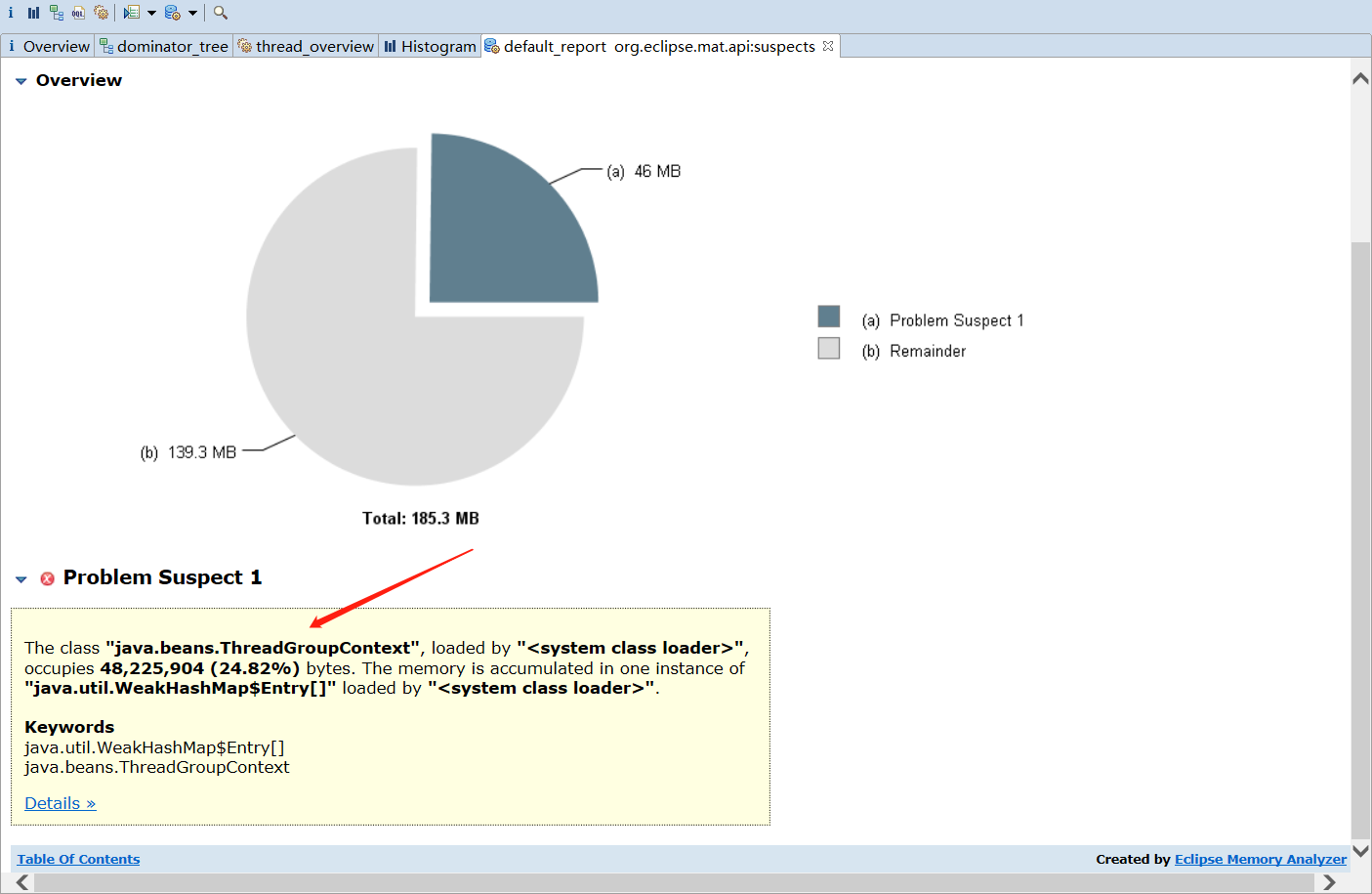Groovy提供了许多‘匕首方法’(匕首,短小精悍也~如each,eachWithIndex,any,every,grep,join,sort,find,findAll,collect,groupBy,inject,reverse,tokenize,unique,max,min,count,sum等)来提升开发者的开发效率,但常被Java开发人员忽视。在这篇随笔中我将为您演示各方法的使用。
each
遍历list
遍历map
eachWithIndex
带index的each
any
只要存在一个满足条件(此例中的条件为elem.length() < 3)的element就返回true,否则返回false
every
所有的element都满足条件才返回true,否则返回false
grep
符合条件的element会被提取出来,形成一个list
条件以closure的形式传入
条件以regex的形式传入,符合regex的element被提取出来形成一个list
条件以collection的形式传入,在collection中的element被提取出来形成一个list,可以看作求两个collection的交集
join
用指定的字符连接collection中的element
sort
根据指定条件进行排序
运行结果:
find
查找collection中满足条件的‘第一个’element
findAll
查找collection中满足条件的‘所有’element
each
遍历list
def list
=
[
'
a
'
,
'
b
'
,
'
c
'
]
list.each { elem ->
println elem
}
运行结果:
list.each { elem ->
println elem
}
a
b
c
b
c
遍历map
def map
=
[name:
"
山风小子
"
, address:
"
Shanghai
"
]
map.each { key, value ->
println " $key : $value "
}
运行结果:
map.each { key, value ->
println " $key : $value "
}
name : 山风小子
address : Shanghai
address : Shanghai
eachWithIndex
带index的each
'
c
'
]
list.eachWithIndex { elem, i ->
println " $i : $elem "
}
运行结果:
list.eachWithIndex { elem, i ->
println " $i : $elem "
}
0 : a
1 : b
2 : c
1 : b
2 : c
any
只要存在一个满足条件(此例中的条件为elem.length() < 3)的element就返回true,否则返回false
'
ab
'
,
'
abc
'
]
list.any { elem ->
elem.length() < 3
}
运行结果:
list.any { elem ->
elem.length() < 3
}
true
every
所有的element都满足条件才返回true,否则返回false
'
abc
'
]
list.every { elem ->
elem.length() < 3
}
运行结果:
list.every { elem ->
elem.length() < 3
}
false
grep
符合条件的element会被提取出来,形成一个list
条件以closure的形式传入
'
abc
'
]
list.grep { elem ->
elem.length() < 3
}
运行结果:
list.grep { elem ->
elem.length() < 3
}
["a", "ab"]
条件以regex的形式传入,符合regex的element被提取出来形成一个list
'
abc
'
]
list.grep( ~/ .. / )
运行结果:
list.grep( ~/ .. / )
["ab"]
条件以collection的形式传入,在collection中的element被提取出来形成一个list,可以看作求两个collection的交集
'
abc
'
]
list.grep([ ' a ' , ' cde ' , ' ab ' ])
运行结果:
list.grep([ ' a ' , ' cde ' , ' ab ' ])
join
用指定的字符连接collection中的element
def list
=
[
2007
,
8
,
26
]
list.join( ' - ' )
运行结果:
list.join( ' - ' )
2007-8-26
sort
根据指定条件进行排序
运行结果:
[8, 26, 2007]
find
查找collection中满足条件的‘第一个’element
26
]
list.find { elem ->
elem < 30
}
运行结果:
list.find { elem ->
elem < 30
}
8
findAll
查找collection中满足条件的‘所有’element
26
]
list.findAll { elem ->
elem < 30
}
运行结果:
list.findAll { elem ->
elem < 30
}
collect
对collection的element进行处理,并将处理结果放到一个新的collection中
对map进行处理
groupBy
对collection中的element按给定条件进行分组
inject
一个累积的过程,传入inject方法的'I'作为sum的初始值,在遍历collection的过程中,将处理结果( " $sum $elem ")保存到sum中
运行结果:
reverse
将collection中各element的次序颠倒一下
颠倒字符串
tokenize
指定分隔符,取得token集
unique
去除collection中重复的element
max
求最大值
按指定的比较内容(此例的比较内容为长度length),在collection中选出最大的element
min与max类似,求最小值,再次就不演示用法了,用法与max相同,将上述代码中的max改为min即可
count
计数
对字符串"aaba"中的a进行计数
sum
求和
求字符串的‘和’,其实就是连接字符串
abc
对collection的element进行处理,并将处理结果放到一个新的collection中
'
c
'
]
list.collect { elem ->
elem * 2
}
运行结果:
list.collect { elem ->
elem * 2
}
["aa", "bb", "cc"]
对map进行处理
def map
=
[name:
'
山风小子
'
, address:
'
Shanghai
'
]
map.collect { entry ->
" ${entry.key} : ${entry.value} "
}
运行结果:
map.collect { entry ->
" ${entry.key} : ${entry.value} "
}
[name : 山风小子, address : Shanghai]
groupBy
对collection中的element按给定条件进行分组
'
abc
'
,
'
c
'
,
'
bc
'
]
list.groupBy { elem ->
elem.length()
}
运行结果:
list.groupBy { elem ->
elem.length()
}
[1:["a", "b", "c"], 2:["ab", "bc"], 3:["abc"]]
inject
一个累积的过程,传入inject方法的'I'作为sum的初始值,在遍历collection的过程中,将处理结果( " $sum $elem ")保存到sum中
运行结果:
I love you
reverse
将collection中各element的次序颠倒一下
'
c
'
]
list.reverse()
运行结果:
list.reverse()
["c", "a"]
颠倒字符串
def list
=
'
abc
'
list.reverse()
运行结果:
list.reverse()
cba
tokenize
指定分隔符,取得token集
'
a1/b2/c3/d4
'
.tokenize(
'
/
'
)
运行结果:
["a1", "b2", "c3", "d4"]
unique
去除collection中重复的element
'
a
'
,
'
c
'
]
list.unique()
运行结果:
list.unique()
max
求最大值
def list
=
[
1
,
2
,
3
]
list.max()
运行结果:
list.max()
3
按指定的比较内容(此例的比较内容为长度length),在collection中选出最大的element
'
abc
'
]
list.max { elem ->
elem.length()
}
list.max { elem ->
elem.length()
}
min与max类似,求最小值,再次就不演示用法了,用法与max相同,将上述代码中的max改为min即可
count
计数
'
a
'
]
list.count( ' a ' )
运行结果:
list.count( ' a ' )
2
对字符串"aaba"中的a进行计数
def list
=
"
aaba
"
list.count( ' a ' )
运行结果:
list.count( ' a ' )
3
sum
求和
3
]
list.sum()
运行结果:
list.sum()
6
求字符串的‘和’,其实就是连接字符串
'
c
'
]
list.sum()
运行结果:
list.sum()
abc

